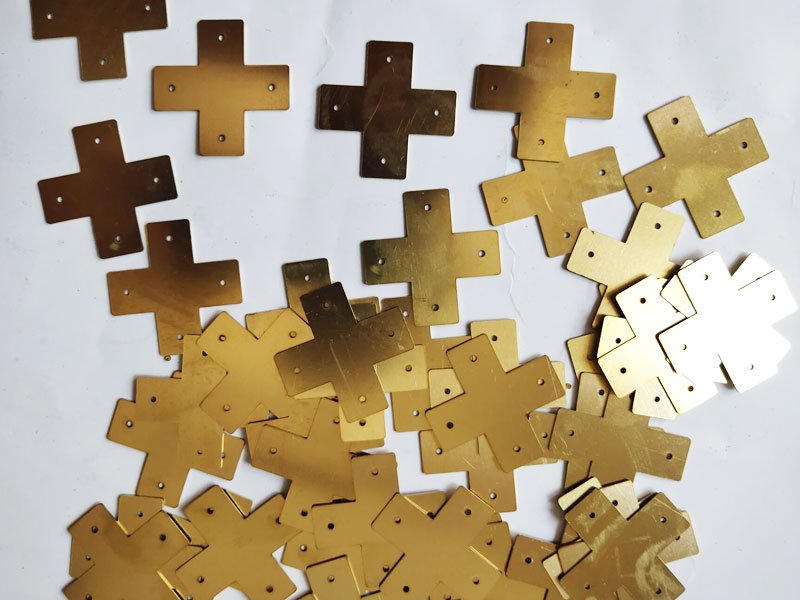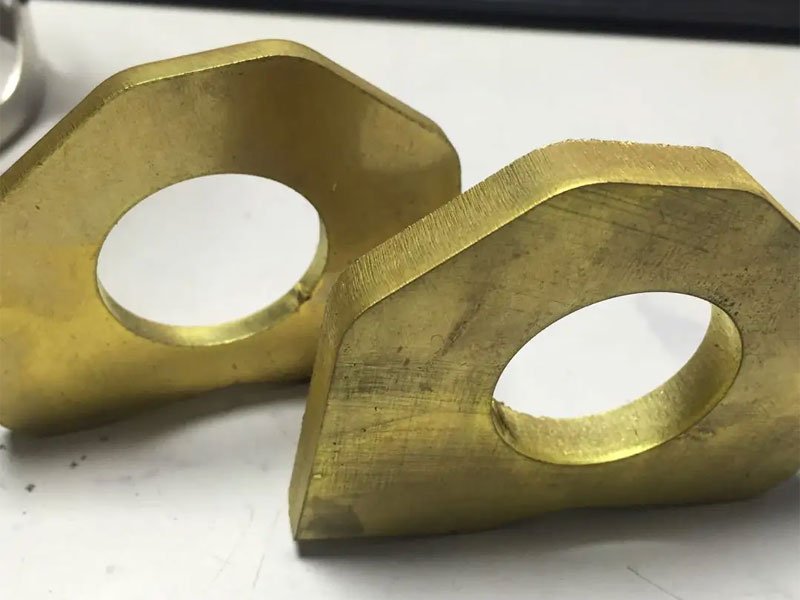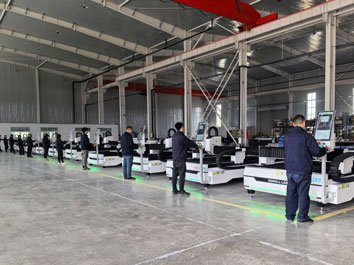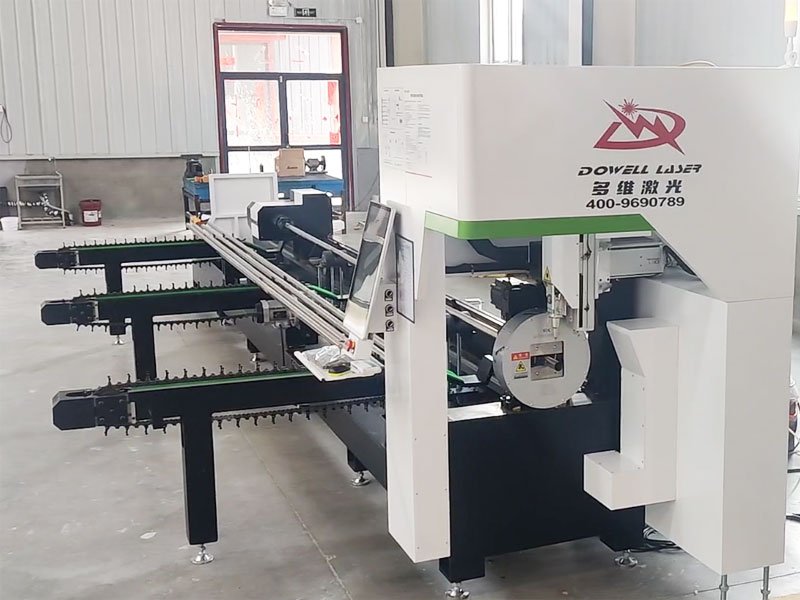Laser cutting technology has been widely used in modern manufacturing due to its advantages such as high precision, smooth cutting surface and small heat affected zone. However, for highly reflective materials such as aluminum, copper and other metals, laser cutting has always been a challenging topic.
This article will delve into the principles, advantages, application scenarios and precautions of laser cutting reflective materials to help you better understand this technology.

The Principle of Laser Cutting Reflective Material
The principle of fiber laser cutting reflective materials is mainly based on the interaction between laser and metal surface. The laser wavelength emitted by fiber laser is about 1.07 microns, which has a high absorption rate for reflective metals such as copper and brass, allowing fiber laser to effectively penetrate the metal surface and reduce the energy loss caused by reflection.
Fiber lasers are able to produce high-power density laser beams, and the energy is concentrated on a small focus, so that the laser can quickly melt the metal surface, thereby achieving a stable cutting process.
Reflection Absorption Technology and Auxiliary Gas
Due to the high reflectivity of copper and brass, traditional laser systems are easily damaged. Modern fiber laser cutting machines are usually equipped with reflection absorption systems to effectively reduce the impact of reflected energy on the equipment. During the cutting process, auxiliary gases (such as oxygen or nitrogen) are used to improve cutting quality and efficiency.
Oxygen is often used to cut copper because the oxide layer it forms has a lower reflectivity than copper itself, thereby reducing reflection problems; for brass, nitrogen is a better choice because it can provide a cleaner cutting edge and reduce oxidation.

Key Factors in the Cutting Process
During the actual cutting process, it is crucial to ensure that the laser focus is as close to the material surface as possible, which can improve cutting efficiency. At the same time, it is also very important to properly adjust the cutting speed to balance efficiency and cutting quality.
Different thickness materials require different laser power and parameter settings to ensure the best results. By optimizing these factors, manufacturers can effectively process materials such as copper and brass to meet the needs of modern industry for precision processing.

What Are Reflective Metals?
Reflective metals are those that exhibit high reflectivity to laser wavelengths.
- Brass
- Copper
- Aluminum
- Silver
These metals can reflect up to 95% of the laser light directed at them, which can lead to inefficiencies in the cutting process and potential damage to laser equipment.
Advantages of Laser Cutting Reflective Materials
High precision: Laser cutting can achieve extremely high cutting accuracy and is suitable for workpieces with strict requirements on size and shape.
Flexibility: Laser cutting can process workpieces of various complex shapes to meet personalized customization needs.
Efficiency: Laser cutting has high speed and high production efficiency, which can greatly shorten the production cycle.
No pollution: Laser cutting is a clean processing method that does not produce harmful gases or dust.
Effective Techniques for Cutting Reflective Metals
1.Use of Fiber Lasers:
Fiber lasers have emerged as the preferred technology for cutting reflective metals. They operate at a wavelength of approximately 1.07 µm, which is better absorbed by these materials compared to traditional CO2 lasers (10.6 µm). This shorter wavelength reduces reflection and allows for better beam focusing, resulting in higher power density and more efficient cutting.
2.Optimized Process Parameters:
Setting appropriate parameters is crucial for successful cutting:
- Focus Position: The focal point should be as close to the material surface as possible during both piercing and cutting stages to maximize power density.
- Cutting Speed: It is advisable to reduce the cutting speed by 10-15% from maximum capacity to maintain efficiency while preventing damage from excessive reflection.
3.Cutting Gases:
Utilizing specific gases can enhance the cutting process. For example, using nitrogen as a cutting gas for brass helps reduce oxidation and improve cut quality.
4.Self-Protection Systems:
Many modern laser cutting machines are equipped with self-protection systems that monitor radiation levels. If excessive reflection is detected, these systems can automatically shut down the laser to prevent damage.

Conclusion
Laser cutting of reflective materials like brass and copper requires specialized techniques and equipment to overcome inherent challenges. By utilizing fiber lasers and optimizing process parameters, manufacturers can achieve high-quality cuts while minimizing risks associated with reflective surfaces. As technology continues to evolve, laser cutting will remain a vital method for processing reflective metals in various industries.
Laser cutting of reflective materials is a promising technology that not only solves the problems of traditional processing methods, but also brings higher efficiency and precision to the manufacturing industry. As laser technology continues to develop, it is believed that laser cutting of reflective materials will be applied in more fields.



